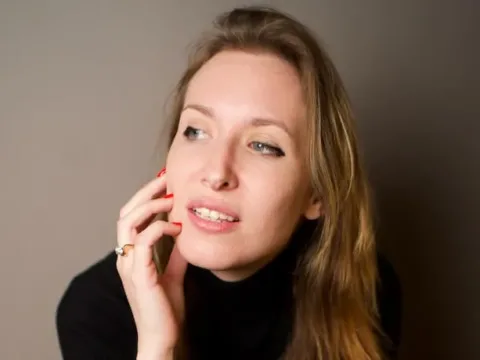Just looking at the track times for Petits Artéfacts (New Amsterdam Records), it looks more like a punk rock or pop album than a contemporary classical album. There are only three tracks longer than four minutes on the first solo recording project by Eighth Blackbird founding cellist Nick Photinos. With this concept in mind, the choice of album title seems clear–but this is a classic case of judging “the book by its cover.”
The opening collection of miniatures by Florent Ghys gives the album its title, and these short pieces are full of character and interesting technical demands. Game sounds like a fun round of the Atari game Pong that quickly heats up, while Factory has a computer generate melodic instructions for the performer, making the piece sound like an improvisation during a practice session. One of the most intriguing pieces of the group though is Information, in which Ghys takes an Iranian weather report and shadows the female reporter’s voice in the cello. The way Photinos rhythmically syncs up with the recording is amazingly accurate, and Ghys’ utilization of pitch makes the listener hear human speech in a totally different way.

David T. Little’s composition and the sky was still there is one of the most powerful pieces on the album. Little wrote it for an old US Army friend that accepted a dishonorable discharge for coming out during the days of Don’t Ask Don’t Tell. Her recorded recollection is woven together with an electronic accompaniment, and was originally written for violin. Performing the work on cello gives the piece an added level of tension, and the result is quite beautiful. There is no clear message or persuasion by Little, but by the end, there is an inside resonance that leaves the listener thinking long after the music is done.
Written originally for baroque cello and electronics, Molly Joyce’s Sit and Dance is a fascinating musical journey. Prerecorded cellos create a confused atmosphere, making it hard to distinguish Photinos from the electronics. As the piece progresses, there is a subtle groove that emerges, but the piece soon becomes aggressive and heavy. It’s eerily beautiful and hard not to bob your head to.
Similarly, Bryce Dessner’s Lewisburg is assertive from start to finish. Inspired by violence in folk songs and the site of many civil war battles, Lewisburg exposes how gritty the cello can sound. Photinos uses a fiddle-like, off the string approach to his bowing, which makes the times where he lays into the string pop out and feel that much more aggressive.
While much of the album features Photinos’ solo chops, he also tackles chamber music, including two compositions by David Lang that are delightfully contrasting. The first, undanceable, was written to try to be, as Lang himself puts it, “rhythmic enough to make you feel like dancing, but not so catchy you become frustrated that you can’t… dance down the aisles.” Disjointed rhythms make it hard to find a consistent pulse to move to, but the influence of the tango is still present and seductive in many ways. With a constant use of the low register in the piano part, it would be easy for the sound to get muddled quickly, but pianist Vicki Ray has a touch that makes it sound like more of a dance. Photinos and Ray constantly push and pull themselves to the foreground without ever fighting for domination.
stuttered chant, on the other hand, is far more jagged and rough. Percussionist Doug Perkins joins Photinos, but instead of playing a traditional percussion instrument, he is forced to make the cello his instrument, as well. Both parts are rhythmically and melodically similar, and in many ways, it sounds like a new hybrid instrument. It’s incredible how Perkins and Photinos are able to stay in sync throughout the piece and make each part a reflection of the other.
Perkins also performs on Alpha by Pascal Le Boeuf, but instead of working in tandem, Perkins and Photinos are pitted against each other, leading to exciting moments of virtuosity and tension. Le Boeuf’s writing balances these two forces excellently, never completely letting one dominate over the other.
Andrew Norman’s Sonnets is a collection of miniatures for piano and cello that demand sensitivity from the performers. with shifting change and confounded to decay serve as bookends that both start calm and eerie, and the feeling is like walking through a dense fog that shrouds the details of each gesture. my tongue tied muse has a similar sound, but feels more contemplative and at times frustrated as it plods along struggling to compose itself. In contrast, to be so tickled and so far from variation are more playful and abrupt as they play with the listeners expectations of development and return.
The album closes with Panorama by Angélica Negrón. The piece combines processed samples of Negrón’s previous works with found sounds that provide a backdrop for the cello part. Panorama is a beautiful composition that sounds cool and calm, but yet has an undercurrent of nervousness and longing typically brought out in the cello. Each step on the musical journey of this album seems carefully selected and well placed. Petits Artéfacts is a wonderful collection of styles in today’s new music scene and a stunning display of the abilities of its curator Nick Photinos.
























